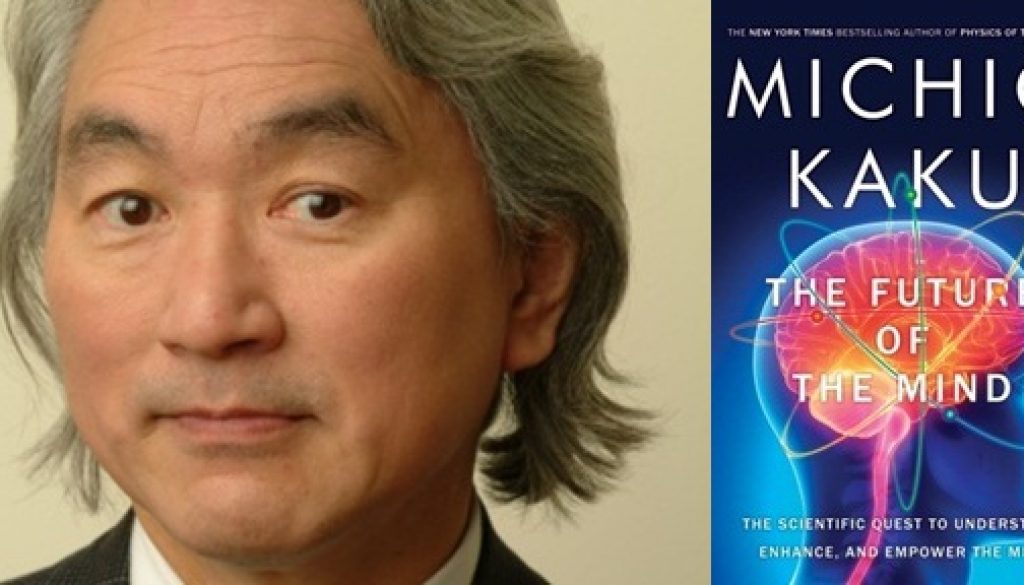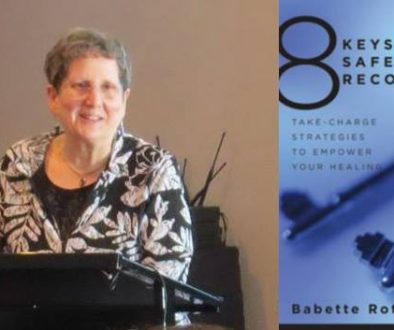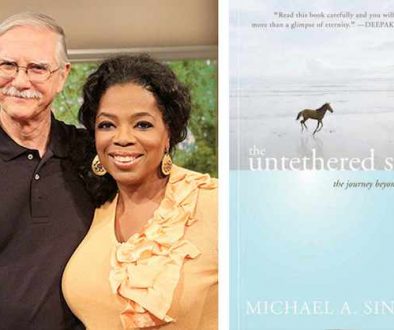(Handling Anxiety) Future of the Mind – Dr. Michio Kaku
I know what you are thinking… How can a book about the Future of the Mind help with trauma healing and anxiety? Well! it’s true that “Future of the Mind” is based on understanding how our brain functions and how science can help us unlock things like: can we contact other people via telepathy? or, can we move matter with our minds?
In reading the book, I had two of the biggest surprises (that are scientifically proven):
- That my brain will create stories that aren’t true
- That there are “two” of me living inside my brain
This was a shock as well as a relief. It explained the conflict inside my brain that I seemed to constantly live in. But it also told me that the stories that I was telling myself such as “I am not good enough”, or “no man is trustworthy” were based on “some” of my experiences and not “all” of them.
Let me explain: to believe that no man is trustworthy would mean that “every” man that I came in contact with proved himself to be not trustworthy. This was simply not true but I allowed my brain to create a story, applied it to all the men and then believed it.
Another example: When I left my abusive marriage, I used to panic at the idea of sleeping in a room by myself (up until that point, I had never done it in my life). The anxiety used to grip me and the shadows used to take shapes and looked like ghosts in the dark. This was all a “story” I created in my mind but it felt true in the moment… If only I had the book at the time, it would have made it so much easier to go through some of these difficult experiences.
So, here is the experiment in the “Future of the Mind” that completely changed my outlook on my anxiety, my stress and the story I was telling myself. In this experiment, Dr. Michael Gazzaniga is working with a split-brain patient whose left and right brain no longer talk to each other.
He flashed the word “red” to just the left brain of a patient, and the word “banana” to just the right brain. (Notice that the dominant left brain therefore does not know about the banana.) Then the subject was asked to pick up a pen with his left hand (which is governed by the right brain) and draw a picture. Naturally he drew a picture of a banana. Remember that the right brain could do this, because it had seen the banana, but the left brain had no clue that the banana had been flashed to the right brain.
Then he was asked why he had drawn the banana. Because only the left brain controls speech, and because the left brain did not know anything about a banana, the patient should have said, “I don’t know.” Instead he said, “It is easiest to draw with this hand because this hand can pull down easier.” Dr. Gazzaniga noted that the left brain was trying to find some excuse for this inconvenient fact, even though the patient was clueless about why his right hand drew the banana.
This story blew me away. Could I ever believe anything that my mind says? One of its jobs is to make sure that things always seem complete and coherent even when they are not… In”Future of the Mind“, Dr. Michael Gazzaniga calls the left brain the “interpreter,” which is constantly thinking up ideas to paper over inconsistencies and gaps in our consciousness.
Knowing this can free you. When you notice that your brain is incessantly thinking and creating stories, you could say to your brain “Thank you but no thanks!”. In my blog Beyond Pain, Anxiety and Anger – Untethered Soul, I describe this process in view of Michael A. Singer’s teachings.
Michael A. Singer provides a spiritual view of how we can eliminate anxiety and Michio Kaku provides a scientific view of the similar thing. In the end what matters is that we use our brain rather than, be led by it. If left to its devices, our mind will drive us crazy and that’s just the way it is. Buddhist monks have talked about it for centuries; spiritual teachers talk about it and science tells us the same thing.
I will leave you wondering about your brain with this piece from the book:
It is the left hemisphere that engages in the human tendency to find order in chaos, that tries to fit everything into a story and put it into a context. It seems that it is driven to hypothesize about the structure of the world even in the face of evidence that no pattern exists – Future of the Mind



